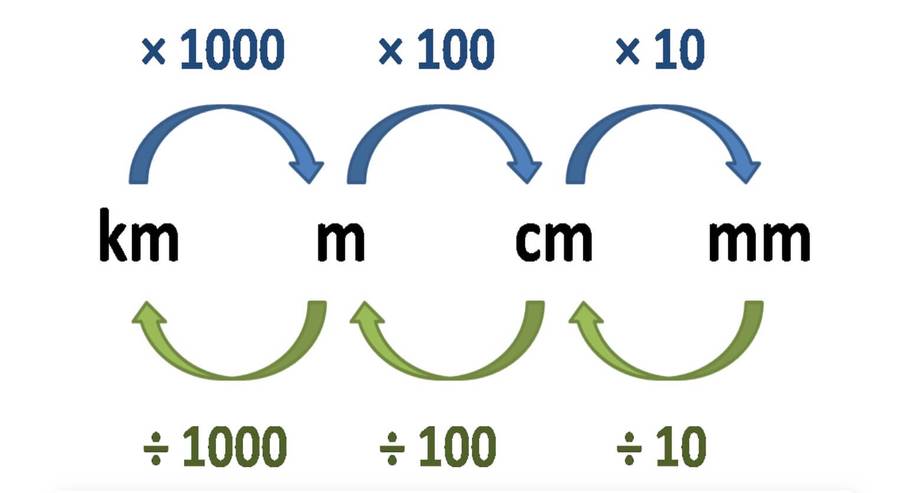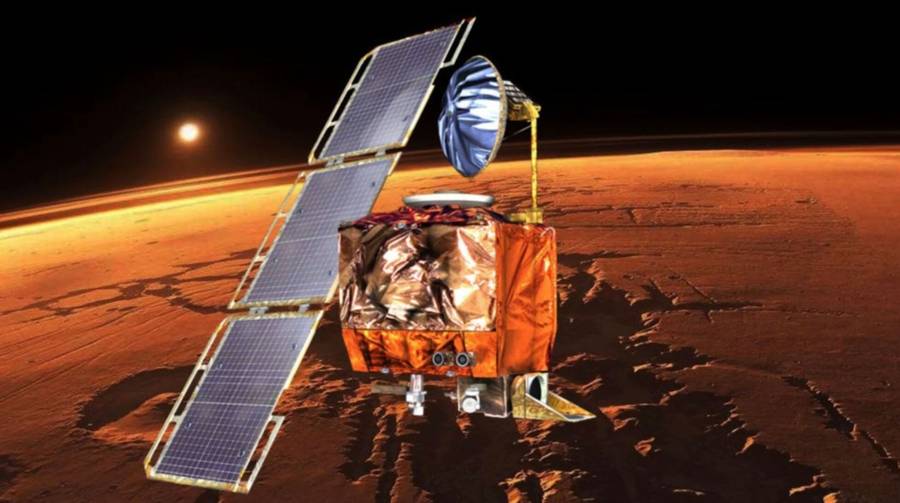Unit Conversion - Real Life Stories
17 czerwca 2024 | Units
Units of measurement are the foundation of our civilization. They form a common language that allows us to compare distances, masses, energies, and many other physical quantities.

Introduction
Even in this long-established field, mistakes can occur that may have serious consequences.
In this article, we'll look at several interesting stories related to errors in units of measurement. These will be tales of mistakes made during engineering projects, space missions, and even in everyday life.
Different Length Units
- Sweden proudly presents its newest warship to the world - Vasa. The mighty galleon, armed with 64 cannons, was to become a symbol of the kingdom's naval power. Unfortunately, its maiden voyage turned into a tragedy. Less than a kilometer from shore, Vasa began to tilt to the side and sank, taking 30 sailors with it.
What led to this disaster? Soon after the wreck was recovered in 1961, researchers discovered a surprising anomaly. It turned out that Vasa was asymmetrical - thicker on the port side than the stern side. This inconsistency may have resulted from using different measurement systems during the ship's construction. Archaeologists found four measuring tools used by the carpenter: two scaled in Swedish feet (12 inches) and two in Amsterdam feet (11 inches).

Gimli Glider
In 1983, an Air Canada plane found itself in a dramatic situation when it ran out of fuel over Gimli, Manitoba. A fueling error, resulting from Canada's recent change in measurement systems, almost led to a disaster.
Canada switched to the metric system in 1970, and this particular Air Canada plane was reportedly the first to use the new units. Unfortunately, the fuel gauge on board was malfunctioning. The crew had to rely on "dipsticks" to check the amount of fuel during refueling. The problem arose when converting fuel volume to weight. The crew entered the correct value but confused the units - kilograms with pounds. As a result, the plane had roughly half the fuel on board than expected.
Fortunately, thanks to the pilot's daring action, they managed to land safely on the runway at Gimli. This unusual powerless landing earned the plane the nickname "Gimli Glider."
Mars Climate Orbiter
We dreamed of the first interstellar weather station studying the Red Planet. Unfortunately, the Mars Orbiter mission in 1999 ended in failure. The reason? A unit conversion error.
The NASA team responsible for the probe project worked in the metric system. Unfortunately, an external software supplier used the imperial system. This seemingly minor discrepancy had tragic consequences. During the Mars orbit insertion maneuver, the probe found itself too close to the planet. Gravitational forces most likely led to its destruction in the atmosphere.
The program processing ground control instructions used Anglo-Saxon (American) pounds as the force unit, while the probe's software used metric newtons as the force unit.
The cost of the probe was 125 million dollars.

Overdose (unit conversion error)
In 1999, the Institute for Safe Medication Practices reported a case where a patient received 0.5 grams of phenobarbital (a sedative) instead of 0.5 grains, due to a misinterpretation of the prescription. A grain is a unit of measurement equal to about 0.065 grams... oh horror! This means the patient received a much higher dose than intended - 12 times greater than prescribed! The Institute emphasized that only the metric system should be used for prescribing medications.
Summary
Errors in unit conversion can have serious consequences. In this article, we've looked at several interesting stories related to such mistakes. We've shown how important it is to use units of measurement accurately and maintain precision.
Remember! Accurate unit conversion is not just a matter of mathematical correctness, but also a matter of safety and responsibility.
Check out the unit calculator now and avoid mistakes!
Back to articles list